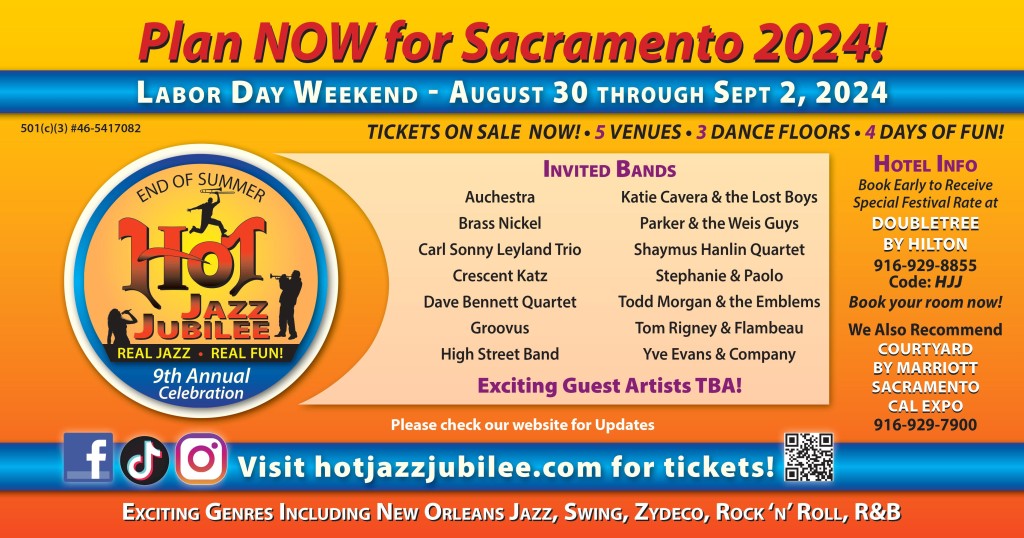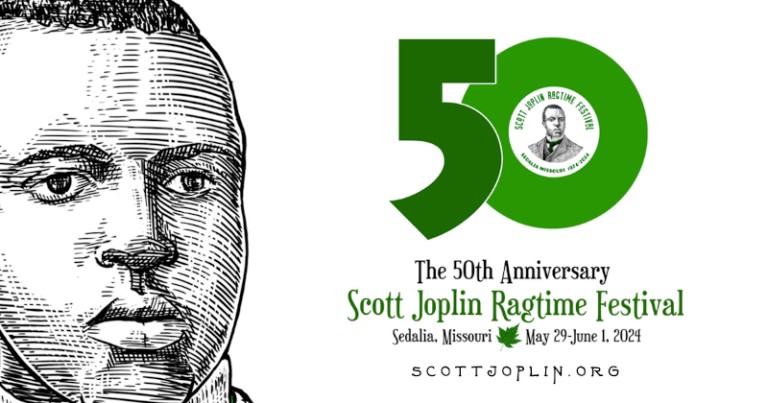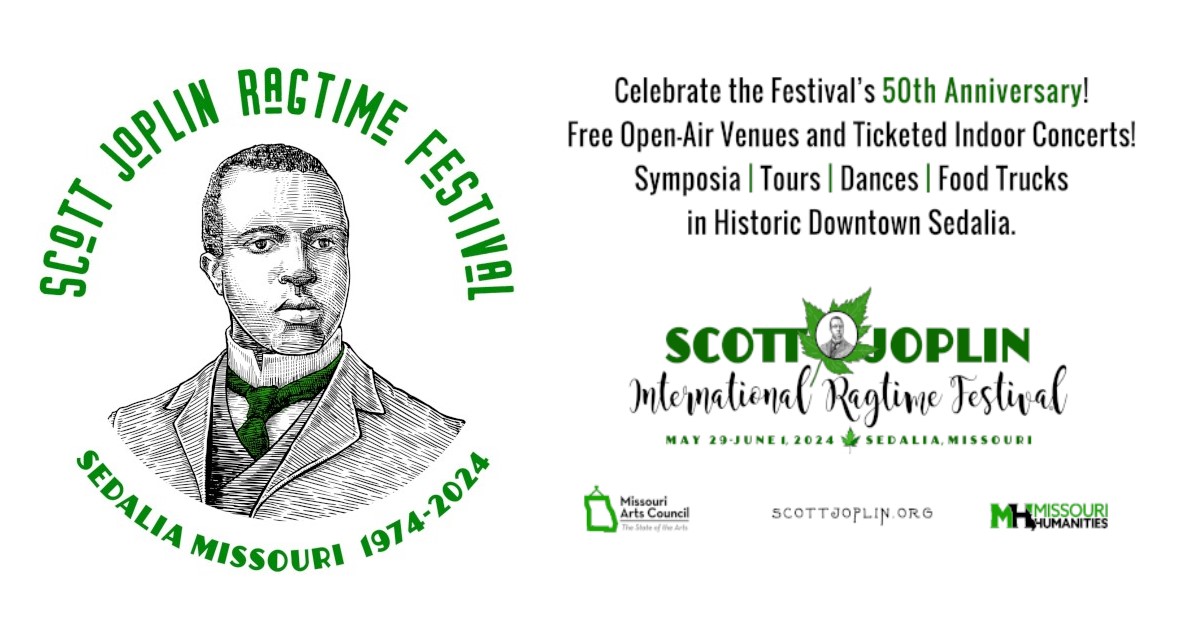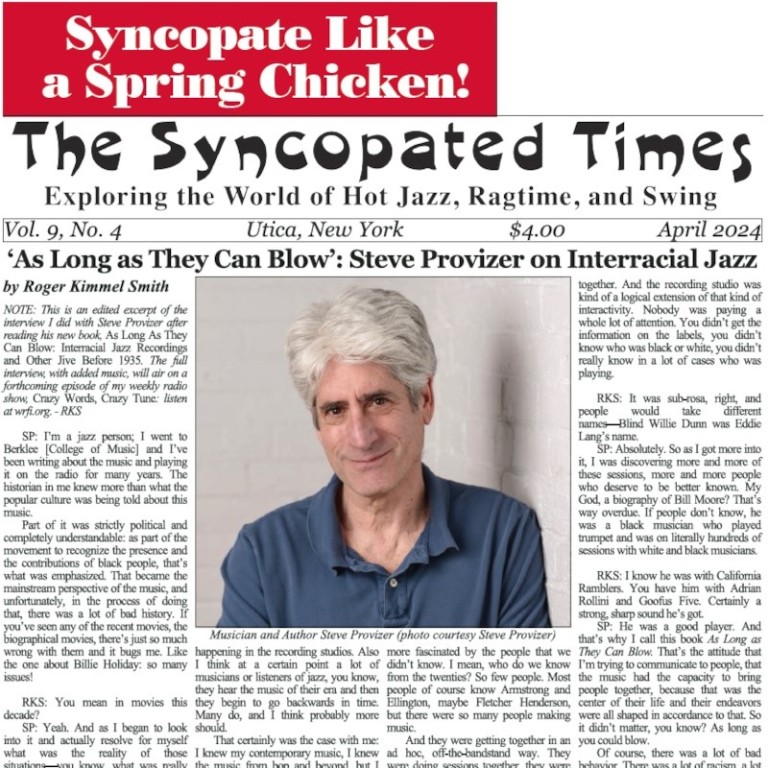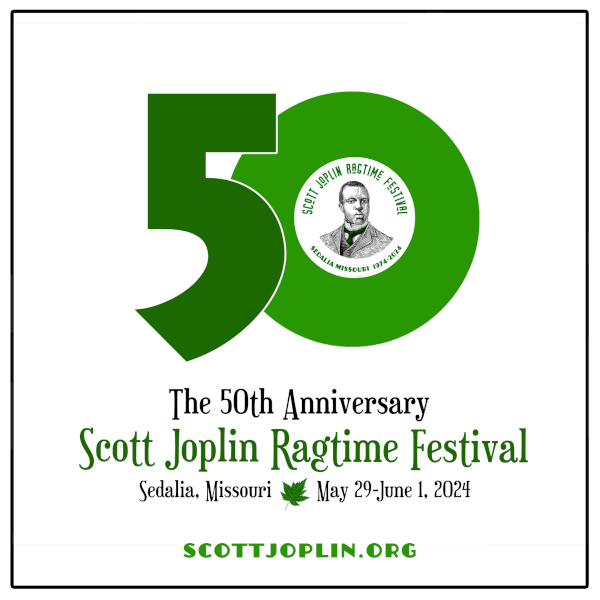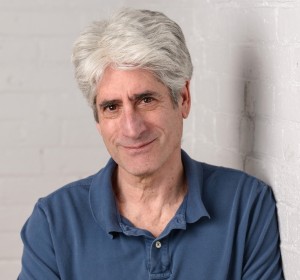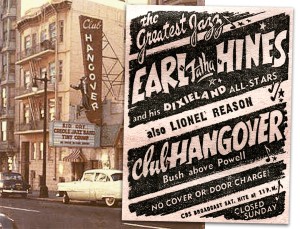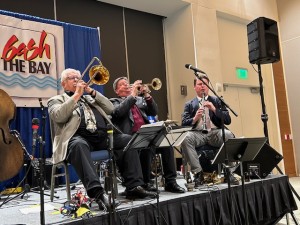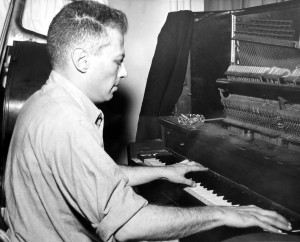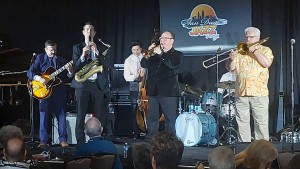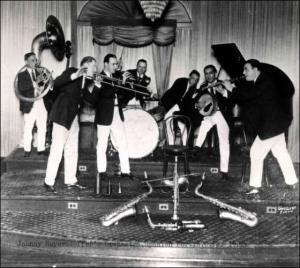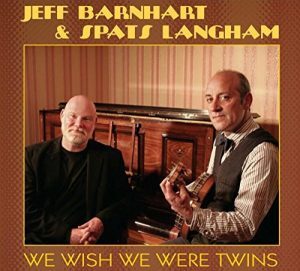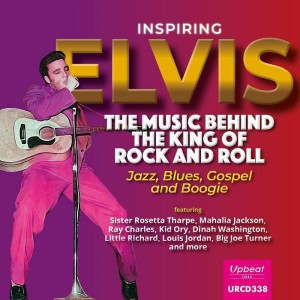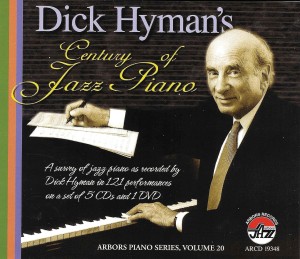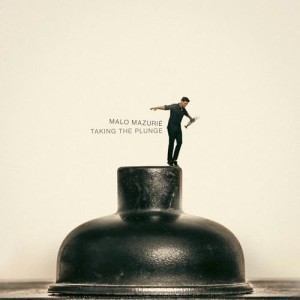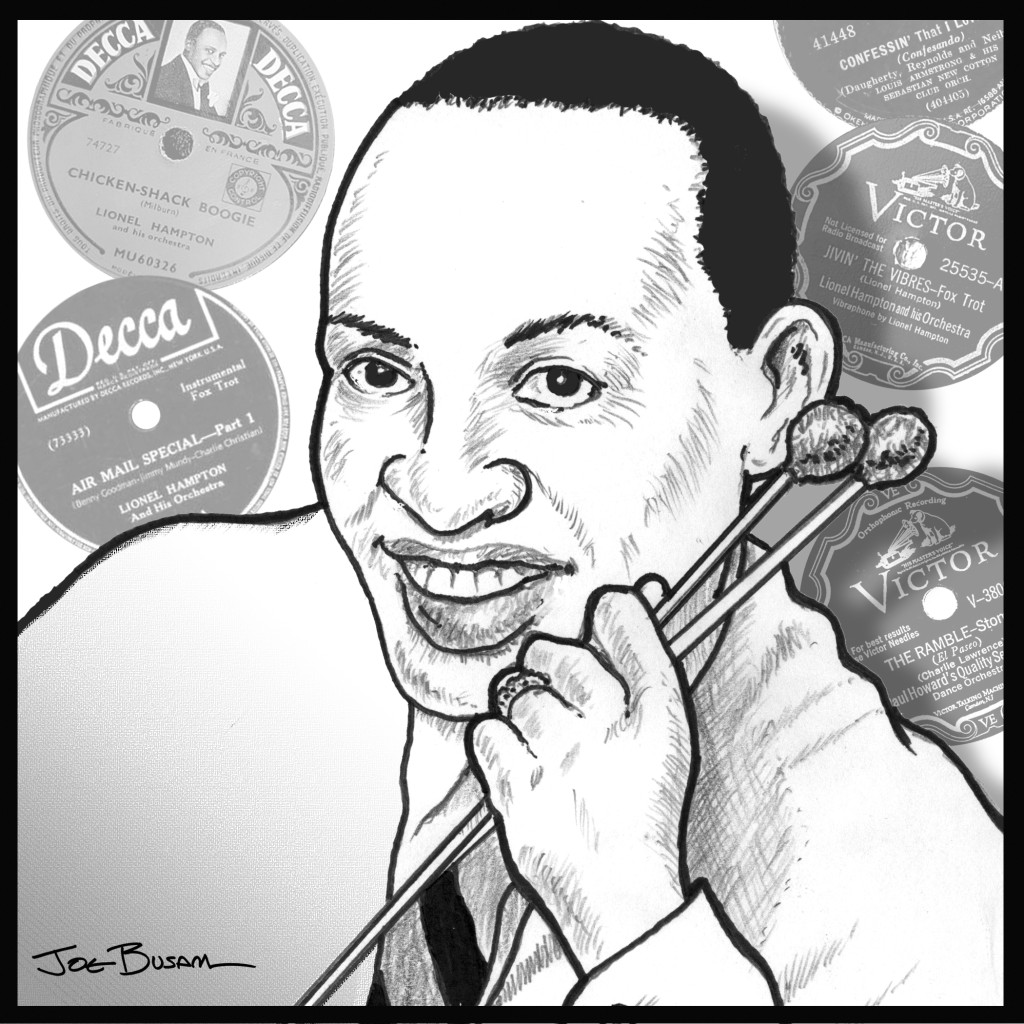 Lionel Hampton was born April 20, 1908, in Louisville, Kentucky. He and his family moved to Chicago, Illinois, in 1916. During the 1920s, while still a teenager, Hampton took xylophone lessons from Jimmy Bertrand and began to play drums. Lionel Hampton began his career playing drums for the Chicago Defender Newsboys’ Band (led by Major N. Clark Smith) while still a teenager in Chicago.
Lionel Hampton was born April 20, 1908, in Louisville, Kentucky. He and his family moved to Chicago, Illinois, in 1916. During the 1920s, while still a teenager, Hampton took xylophone lessons from Jimmy Bertrand and began to play drums. Lionel Hampton began his career playing drums for the Chicago Defender Newsboys’ Band (led by Major N. Clark Smith) while still a teenager in Chicago.
He moved to California in 1927 or 1928, playing drums for the Dixieland Blues-Blowers. He made his recording debut with The Quality Serenaders led by Paul Howard, then left for Culver City and drummed for the Les Hite band at Sebastian’s Cotton Club.
During this period, he began playing the vibraphone. In 1930 Louis Armstrong came to California and was impressed with Hampton’s playing after Hampton reproduced Armstrong’s trumpet solo on the instrument.
In November 1936, the Benny Goodman Orchestra came to Los Angeles. When John Hammond brought Goodman to see Hampton perform, Goodman invited him to join his trio, which soon became the Benny Goodman Quartet with pianist Teddy Wilson and drummer Gene Krupa completing the lineup.
In 1940 Hampton left the Goodman organization under amicable circumstances to form his own big band. From the mid-1940s until the early 1950s, Hampton led a lively rhythm & blues band whose Decca Records recordings included numerous young performers who later had significant careers. They included bassist Charles Mingus, saxophonist Johnny Griffin, guitarist Wes Montgomery, and vocalist Dinah Washington. Other noteworthy band members were Dizzy Gillespie, Cat Anderson, and Snooky Young.
During the 1960s, Hampton’s groups were in decline; he was still performing what had succeeded for him earlier in his career. He did not fare much better in the 1970s, though he recorded actively for his Who’s Who in Jazz record label.
Hampton remained active until a stroke in Paris in 1991 led to a collapse on stage. That incident, combined with years of chronic arthritis, forced him to cut back drastically on performances. However, he did play at the Smithsonian National Museum of American History in 2001 shortly before his death.
Hampton died from congestive heart failure at Mount Sinai Hospital, New York City, on August 31, 2002. – adapted from Wikipedia
